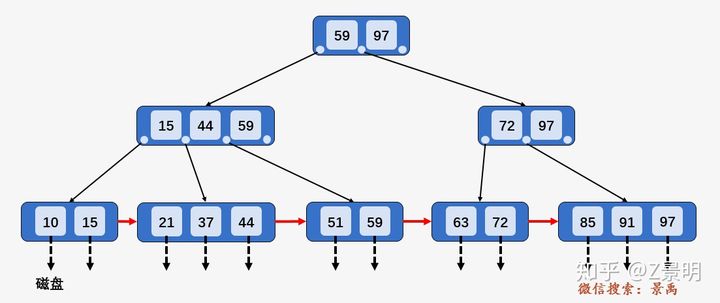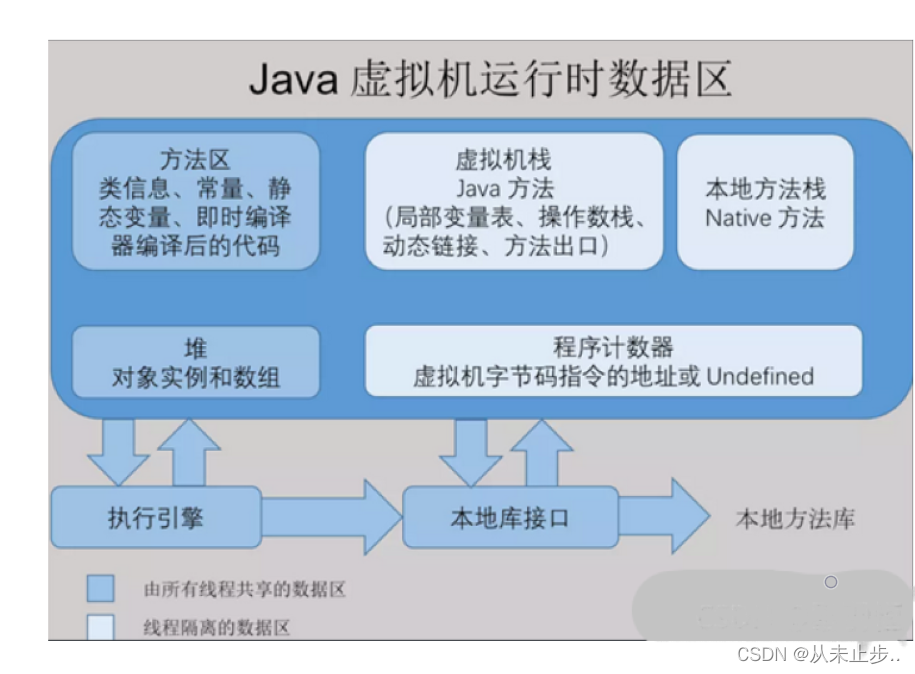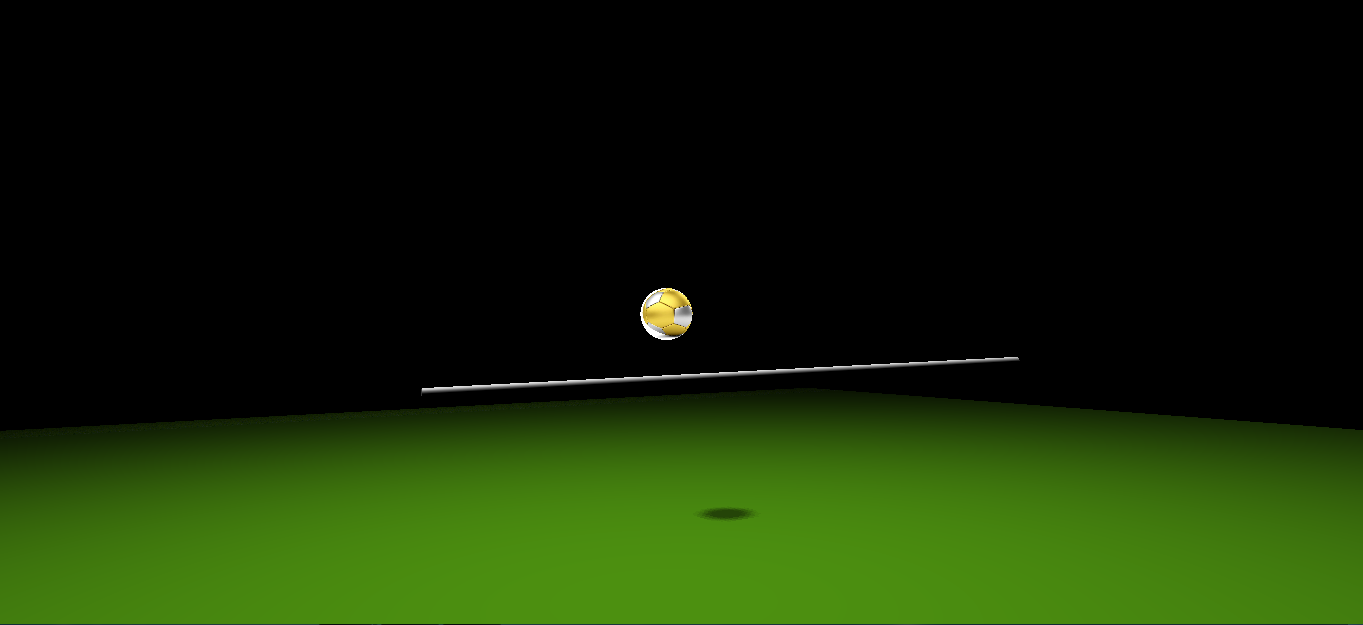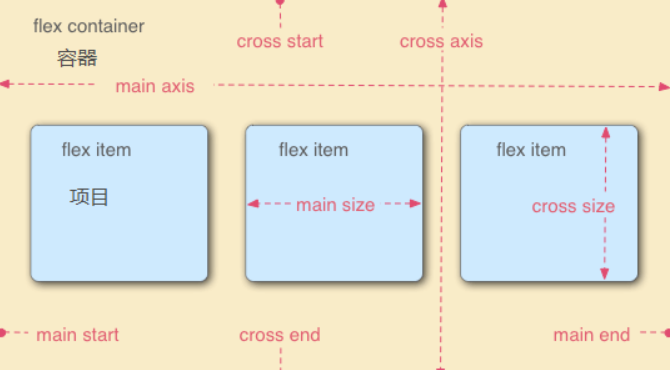In mathematics, function composition is an operation ∘ that takes two functions f and g, and produces a function h = g ∘ f such that h(x) = g(f(x)). In this operation, the function g is applied to the result of applying the function f to x. That is, the functions f : X → Y and g : Y → Z are composed to yield a function that maps x in domain X to g(f(x)) in codomain Z. Intuitively, if z is a function of y, and y is a function of x, then z is a function of x. The resulting composite function is denoted g ∘ f : X → Z, defined by (g ∘ f )(x) = g(f(x)) for all x in X.[nb 1]
The notation g ∘ f is read as "g of f ", "g after f ", "g circle f ", "g round f ", "g about f ", "g composed with f ", "g following f ", “f then g”, or "g on f ", or "the composition of g and f ". Intuitively, composing functions is a chaining process in which the output of function f feeds the input of function g.
The composition of functions is a special case of the composition of relations, sometimes also denoted by {\displaystyle \circ }\circ . As a result, all properties of composition of relations are true of composition of functions,[1] such as the property of associativity. But composition of functions is different from multiplication of functions (if defined at all), and has some quite different properties; in particular, composition of functions is not commutative.[2]
Contents
- 1 Examples
- 2 Properties
- 3 Composition monoids
- 4 Functional powers
- 5 Alternative notations
- 6 Composition operator
- 7 In programming languages
- 8 Multivariate functions
- 9 Generalizations
- 10 Typography
- 11 See also
1 Examples
Composition of functions on a finite set: If f = {(1, 1), (2, 3), (3, 1), (4, 2)}, and g = {(1, 2), (2, 3), (3, 1), (4, 2)}, then g ∘ f = {(1, 2), (2, 1), (3, 2), (4, 3)}, as shown in the figure.
Composition of functions on an infinite set: If f: R → R (where R is the set of all real numbers) is given by f(x) = 2x + 4 and g: R → R is given by g(x) = x3, then:
(f ∘ g)(x) = f(g(x)) = f(x3) = 2x3 + 4, and
(g ∘ f)(x) = g(f(x)) = g(2x + 4) = (2x + 4)3.
If an airplane’s altitude at time t is a(t), and the air pressure at altitude x is p(x), then (p ∘ a)(t) is the pressure around the plane at time t.
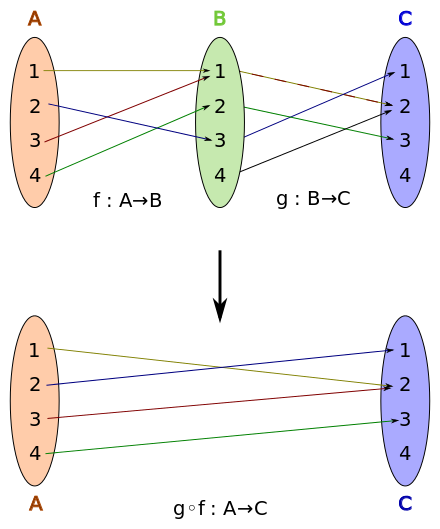
Concrete example for the composition of two functions.



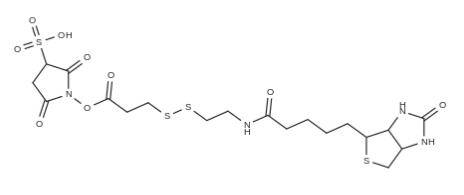

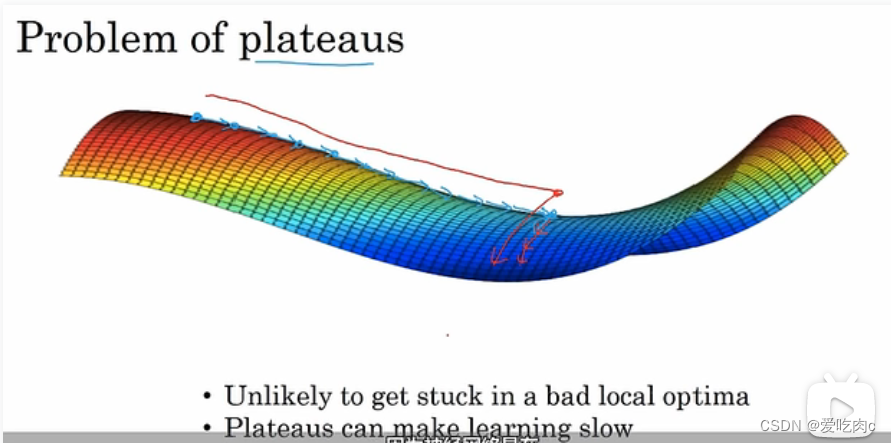

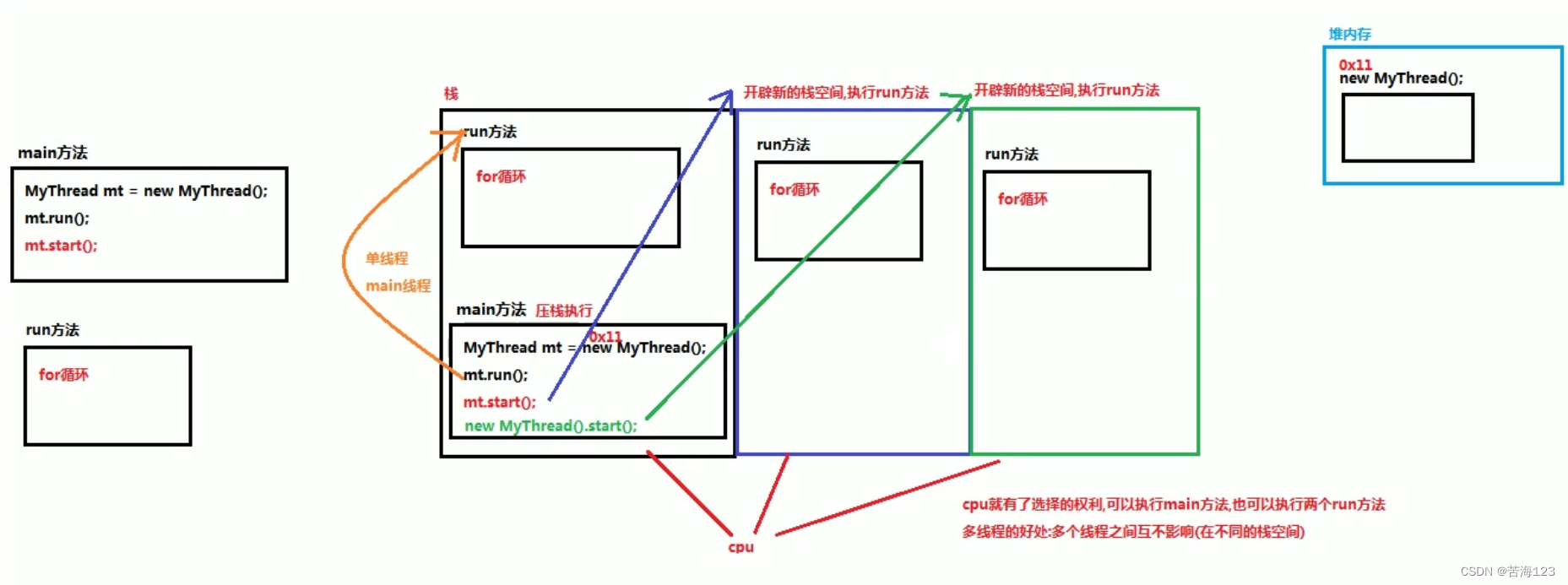

![[附源码]Python计算机毕业设计公司办公自动化系统Django(程序+LW)](https://img-blog.csdnimg.cn/8b98ec712c304b919f6e94b3f2e0c24b.png)



